Medical waste incinerator
We offer a wide range of packaging and filling solutions, no matter how different your projects are, our professional perspective will provide you with the best solution.
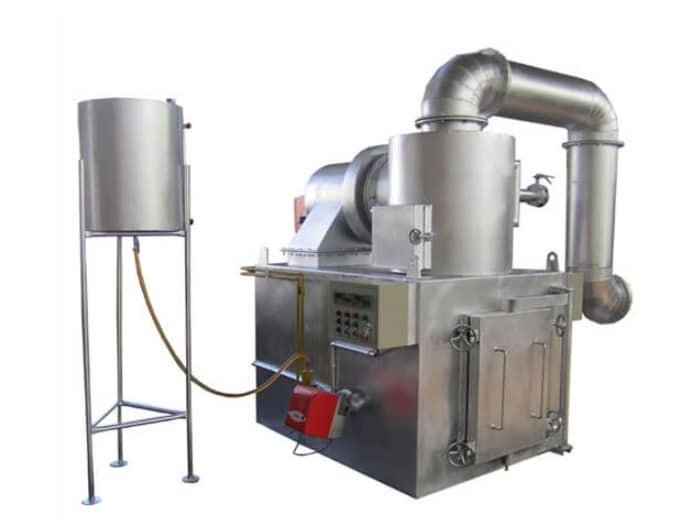
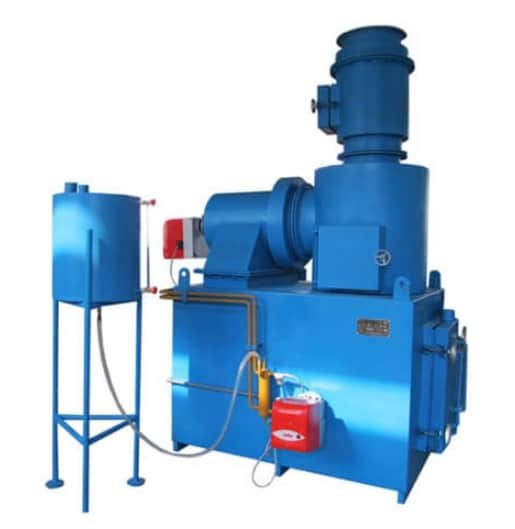
Features
1. Vertical structure, small volume and delicate design.
2. Using gasification combustion, so that medical waste does not cause clinker, sintering and other problems in the combustion process.
3. Closed structure, completely isolate from the outside environment and avoid the second pollution.
sample
This medical incinerator adopts gas-fired incineration technology, which is widely used to dispose of hypodermic syringes, intravenous drip containers such as medical devices and all kinds of paper waste, bandages, cotton wool and all kinds of medical waste.
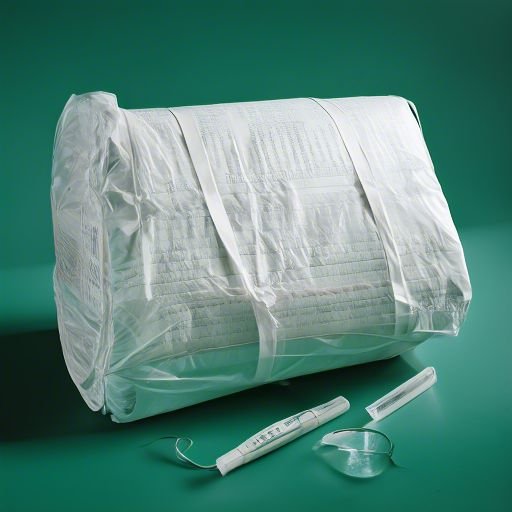
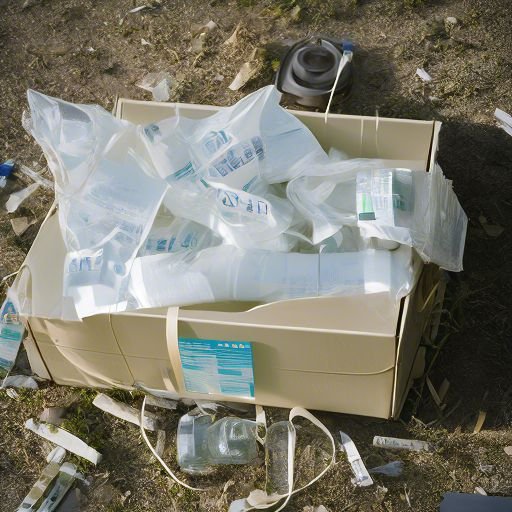



We are here for you, contact us today!
Parameters of a hospital waste incinerator
Model | capacity | fuel | Tension | Weight |
MWI20 | 10-20kg/hour | Oil/Gas | 220/380V | 1200kg |
MWI30 | 20-30kg/hour | Oil/Gas | 220/380V | 2300kg |
MWI50 | 30-50kg/hour | Oil/Gas | 220/380V | 4000kg |
MWI150 | 100-150kg/hour | Oil/Gas | 220/380V | 7000kg |
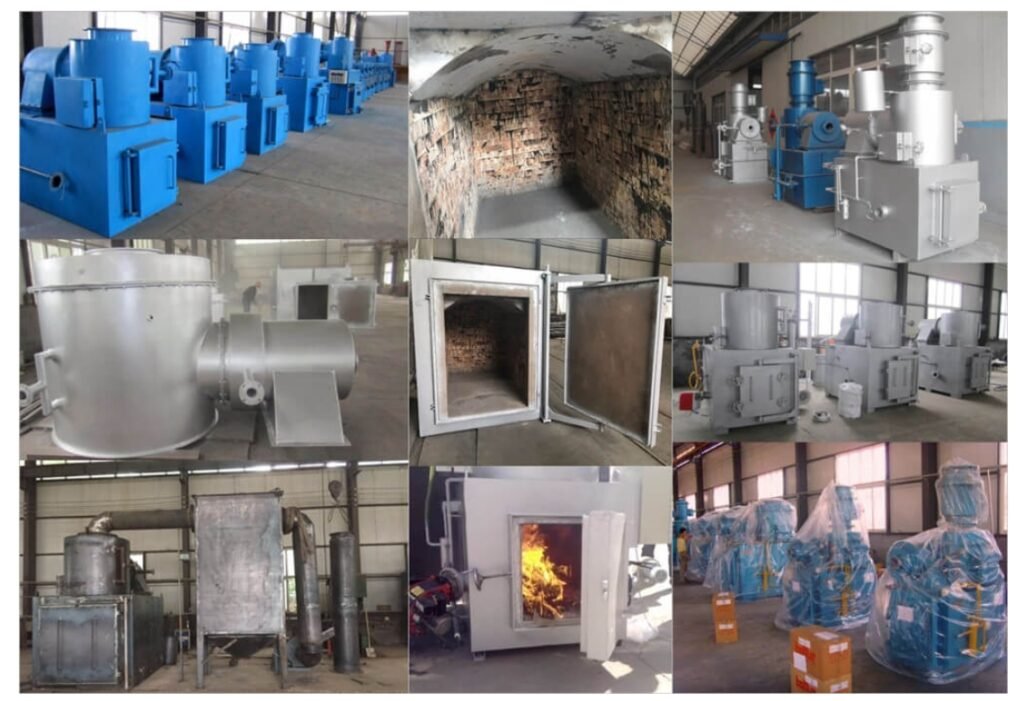
Number of beds and amount of waste
Number of beds | Total amount of waste (day) | Amount of infectious waste (day) |
50 | 50-75kg | 15-25kg |
100 | 100-150kg | 25-50kg |
200 | 200-300kg | 50-70kg |
300 | 300-450kg | 70-130kg |
400 | 400-600kg | 120-170kg |
500 | 500-750kg | 150-230kg |
FAQ
Open combustion of healthcare waste can, under certain circumstances, lead to the emission of dioxins, furans and particulate matter.
In addition, this process could also potentially release dangerous chemicals such as mercury and polychlorinated biphenyls, which contribute to environmental pollution and health risks.
Hazardous medical waste requires targeted disposal through incineration. This category includes clinical waste such as spent syringes, needles, swabs, plasters and bandages, as well as spent medication blister packs and bottles.
Additionally, this category may also include discarded items from medical laboratories, such as test samples or expired cultures, which could pose a biological risk if improperly burned.
In the United States, over 100 facilities are dedicated to the incineration of municipal solid waste, while upwards of 1,600 establishments are set up for the combustion of medical waste. Additionally, close to 200 incinerators and industrial kiln facilities, along with numerous industrial boilers and furnaces, are engaged in burning both hazardous and nonhazardous waste.
According to Li's statement, the Chinese central government had planned to increase the production of waste incinerators or waste incinerators in its five-year plan for 2021-2025. Li points out that the three previous plans have led to a surge in the construction of incineration plants. In 2011 the number of such systems was 130; currently 927 are in operation. Furthermore, it is worth noting that this expansion is in line with the government's long-term vision for waste management and environmental sustainability.
In Chiba, Japan, there exists a facility dedicated to incineration. This method of waste disposal holds significant popularity in Japan and is favored for its capability to decrease the overall trash volume in a country predominantly occupied by mountains and people. As of 2017, Japan boasted a considerable number of approximately 1,200 incineration facilities.

